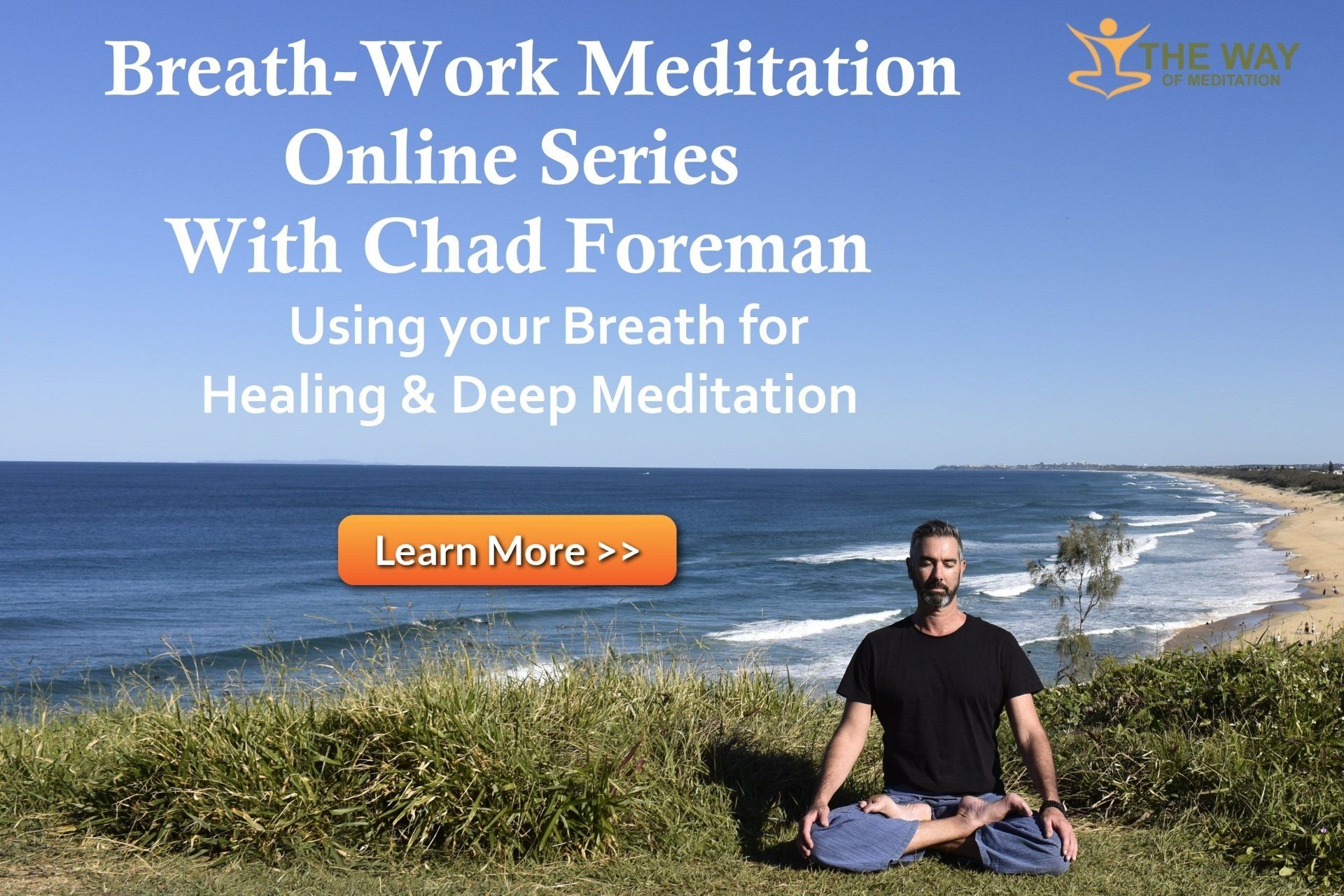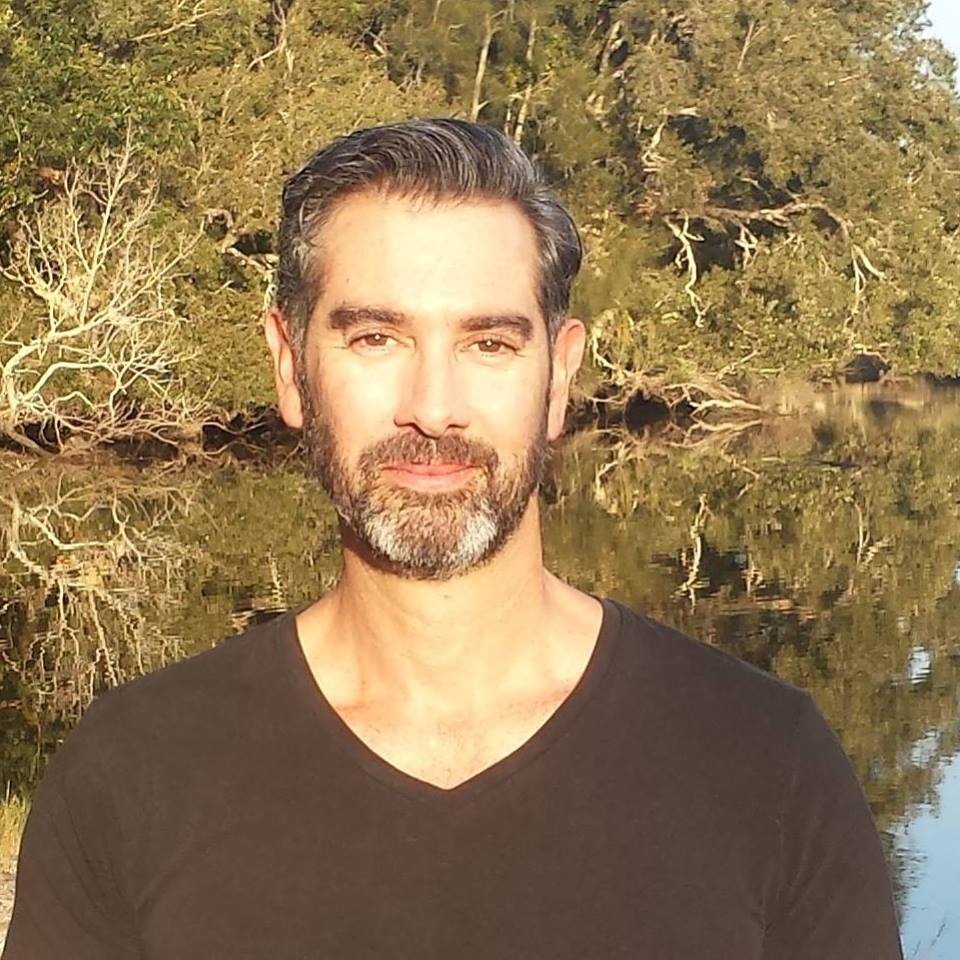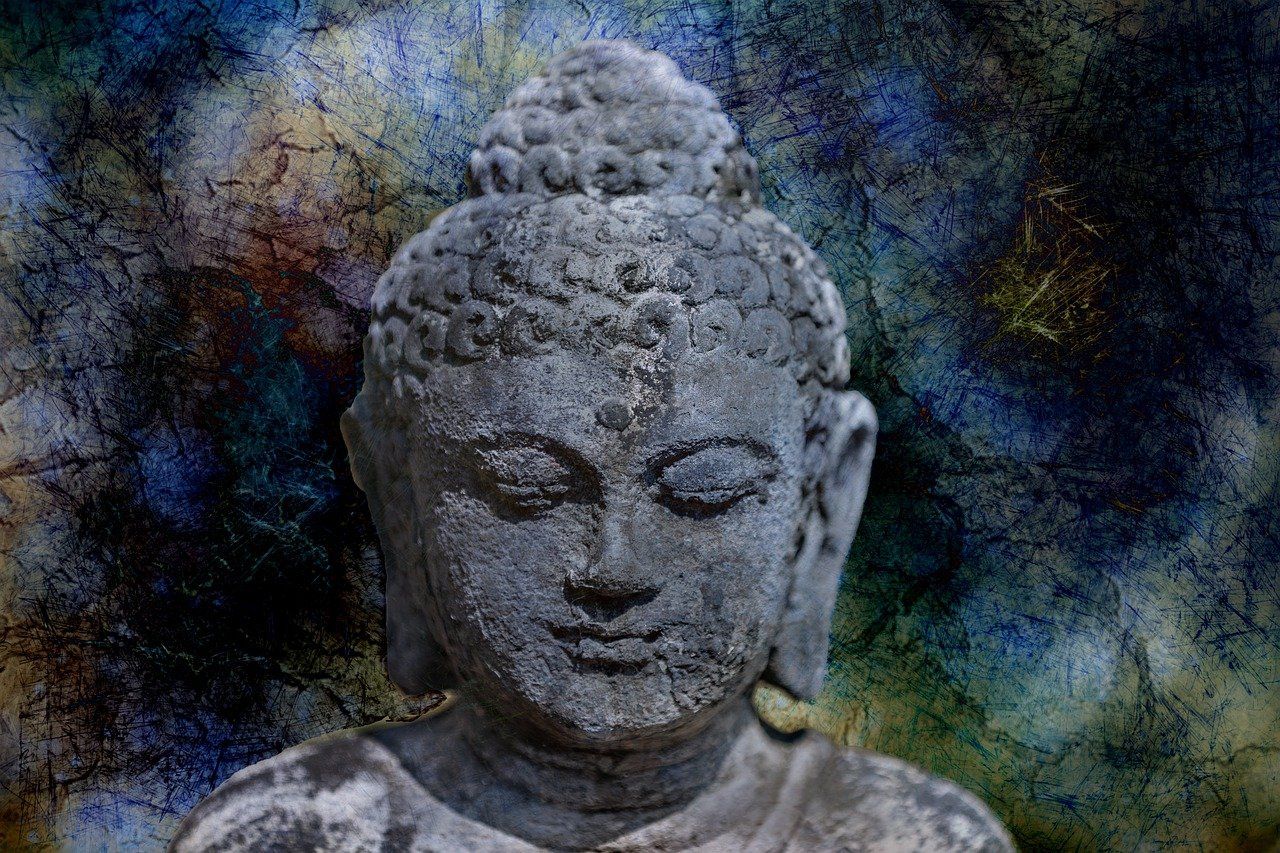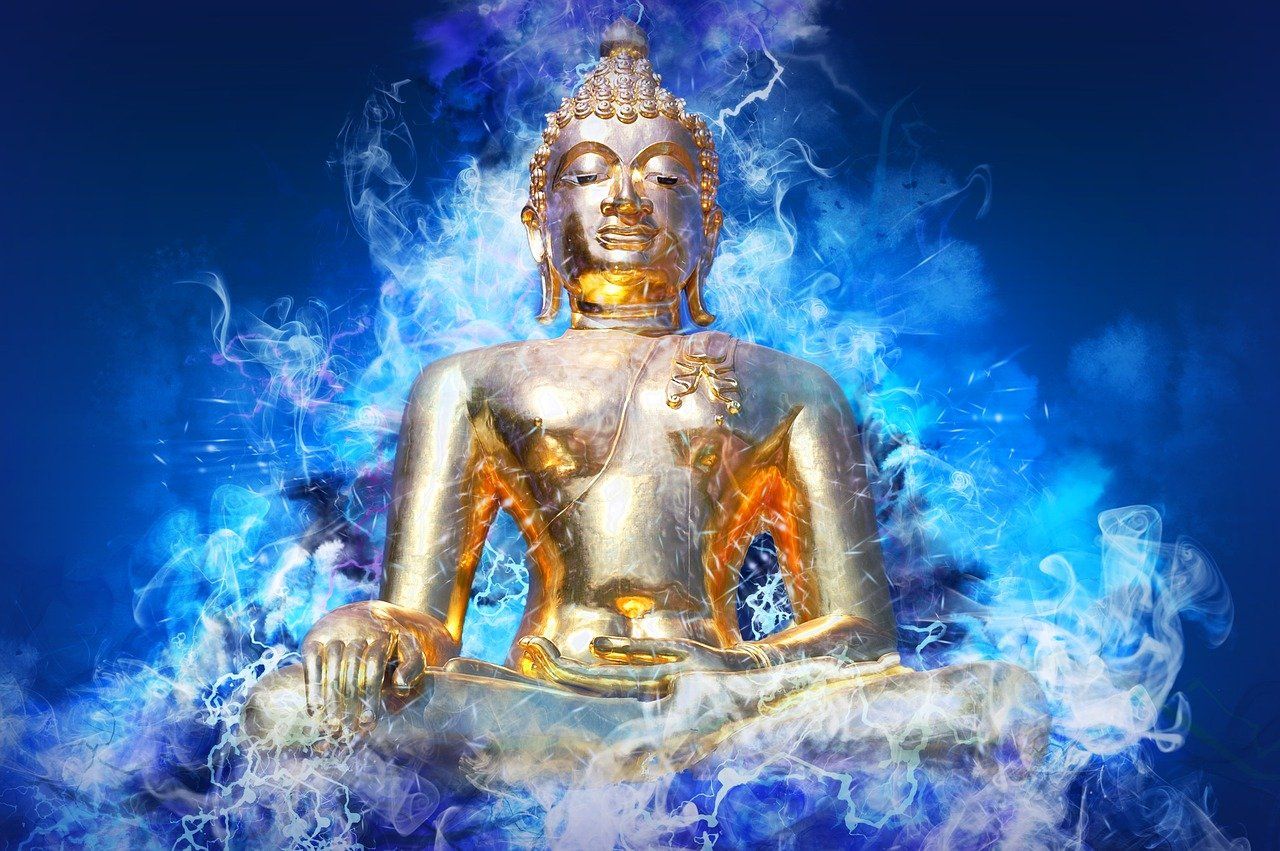Meditation Hack – How To Mentally Use The Reset Button
Freedom from being controlled by strong emotions in Buddhist terms is called nirvana. To achieve that enlightened state Buddhist use rigorous meditation training. So it seemed Buddhism had something to teach me in regards to my mental goals and playing my best game on the tennis court.
I learned to meditate as a professional tennis player waiting for my millisecond of time when I had to return my opponents 180km/h serve. The clarity, concentration and efficiency of movement required to hit that tennis ball was a powerful meditation and one where my mind had to be in a peak state of awareness to achieve. That’s when I learned the mental trick of resetting.
From a sports psychological perspective to perform at your best means to bring your full talents, concentration and sensitivity to the moment. A smooth expression of these qualities is called being in the zone where an athlete performs their skills effortlessly with everything working perfectly together for them.
I later discovered that going with the flow in spiritual terms or even the Zen idea of performing tasks with no-mind is very similar to what athletes describe as being in the zone. The key to entering the zone is to bring your attention fully into the present moment. That’s difficult to do when you’re just sitting still in a quiet room, but it’s even more difficult when you’re trying to win a tennis match with thousands of people watching and the emotions and energy are running high.
The key to the mental reset and bringing your attention fully into the present moment is the focus object. In tennis I learned the ritual of looking at and adjusting my racket strings in between points. Focusing on the strings immediately gave me an anchor to put my attention on in the present moment and let go of the last point and worrying about the score.
In meditation your anchor point for your attention is often the breath or repeating a mantra or even bodily sensations. With mindfulness practices it is usually placing your attention on your senses by hyper noticing what you’re looking at, what you’re hearing, smelling etc. Coming to your senses is a great reset focal object and has worked for thousands of years for Buddhist practitioners.
In formal mindfulness meditation training we sit in a quiet place and practice over and over to bring our attention back to our focal object to develop clarity, focus, concentration and its natural by-product of deep calm and contentment. Mindfulness meditation is essentially a continual resetting bringing the attention back to a default of being perfectly calm and focused. This level of meditation is programming ourselves to make our default mind calm clarity.
It’s worwhile to mention by bringing your focus into the present moment you won’t stop all the strong emotions and stress. Part of mindfulness is to open and allow strong emotions and accomadate them in a calm way. By allowing and accepting these emotions by staying focussed on something neutral like our focus object the emotions will pass quickly and we can remain calm even in the midst of turmoil.
I used to look at my strings between points to focus and calm myself before starting the next point. Now I focus on my breathing and posture to focus myself and enter a calm mindful state. Whether I’m sitting in meditation or walking around my breath and my posture come with me anchoring my attention in present centered sanity.
So it’s easy to fully show up in the present moment with your best game, your beaming full presence and your undiveded attention. When you notice you’re not being mindful to what’s going on around you, simply reset and bring your attention home to the present moment.
Written By Chad Foreman
Chad Foreman is the founder of The Way of Meditation, has been teaching meditation since 2003, determined to bring authentic meditation practices into the lives of millions of people in the modern world. Chad is a former Buddhist monk who spent 6 years living in a retreat hut studying and practicing meditation full time and has now has over twenty years’ experience teaching meditation. Chad holds regular
Meditation Retreats on the Sunshine Coast Australia, has
Online Meditation Coaching, delivers three online programs - The 21 Day Meditation Challenge to help guide people gradually from the basics of mindfulness and relaxation to profound states of awareness.
Breath-work to help manage stress and go deeper into meditation and
The Bliss of Inner Fire which is a Buddhist tantric method for purifying energy blocks and contacting the clear light of bliss. You can also now get Chad's free e-book Insights Along the Way.
Try This Guided Mindfulness Meditation
Get A FREE
Guided Meditation Series
with Chad Foreman
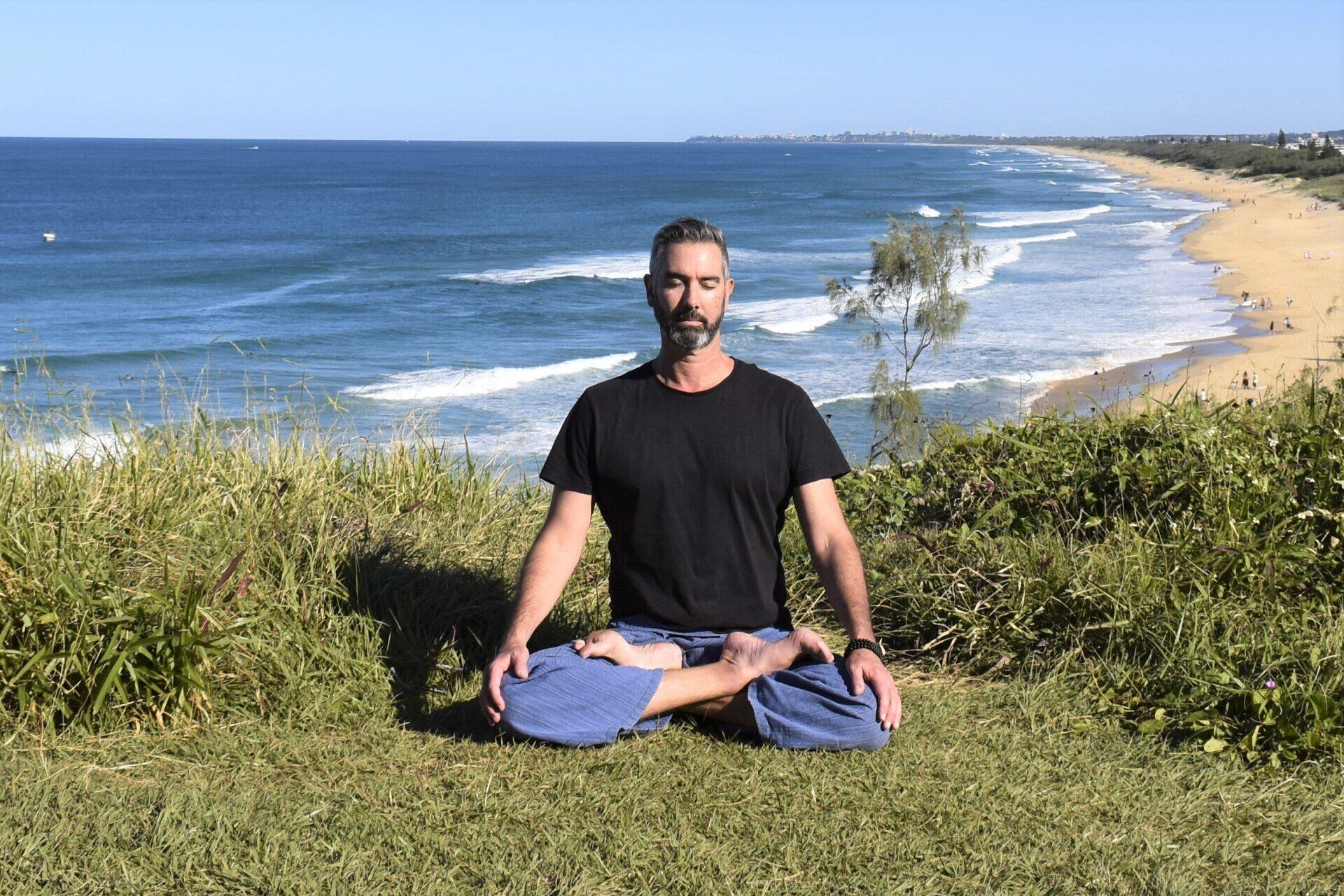
TAKE THE NEXT STEP
Take The 21 Day Meditation Challenge
Get A FREE Series
of Guided Meditations
with Chad Foreman
Email: chad@thewayofmeditation.com.au
The Way Of Meditation
Site Map
The Way Of Meditation




